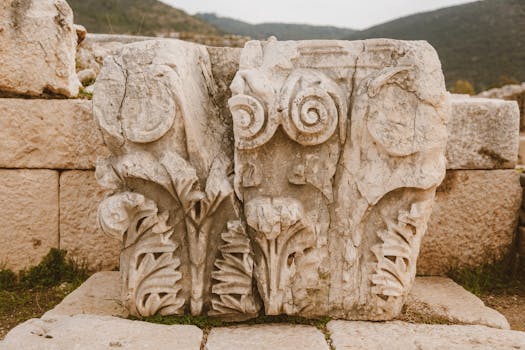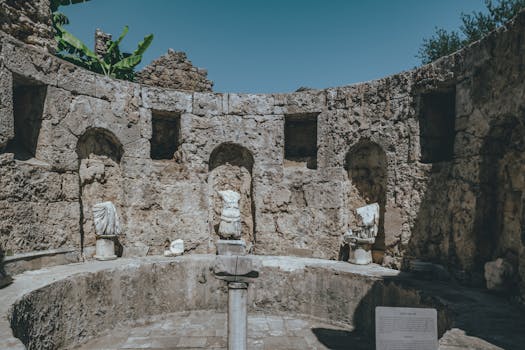
Unearthing the Past: Fascinating Historical Artifacts from Ancient Civilizations
Takeaways: Historical artifacts provide invaluable insights into ancient civilizations, revealing their customs, technologies, and daily lives. From the intricate pottery of the Egyptians to the monumental structures of the Maya, these remnants of the past not only tell stories of their creators but also enrich our understanding of human history. This article explores various artifacts, their significance, and their impact on modern archaeology.
Throughout history, civilizations have risen and fallen, leaving behind a trove of artifacts that serve as tangible connections to our past. These historical artifacts, ranging from everyday tools to monumental structures, offer profound insights into the cultures that created them. In this article, we will explore some of the most intriguing artifacts from ancient civilizations, their significance, and what they reveal about human history.
The Importance of Historical Artifacts

For instance, ancient pottery can reveal much about the dietary habits of a civilization. The materials used, the style, and the decoration can indicate trade routes, cultural exchanges, and technological advancements. Similarly, tools can inform us about the technological capabilities of a society and its adaptation to the environment.
Notable Artifacts from Ancient Civilizations
Now, let’s delve into some of the most remarkable historical artifacts discovered from various ancient civilizations:
1. The Rosetta Stone
The Rosetta Stone, discovered in 1799, is perhaps one of the most famous artifacts of ancient Egypt. This granodiorite stele inscribed with a decree issued at Memphis in 196 BC is crucial for understanding Egyptian hieroglyphs. The stone features the same text in three scripts: Greek, Demotic, and hieroglyphic, allowing scholars to decipher the long-lost Egyptian language.
2. The Terracotta Army
Discovered in 1974 in Xi’an, China, the Terracotta Army is a collection of thousands of life-sized clay soldiers buried with China’s first emperor, Qin Shi Huang. These figures were created to protect the emperor in the afterlife and provide invaluable insights into the military practices, artistry, and beliefs of ancient China.
3. The Dead Sea Scrolls
Found in the Qumran Caves near the Dead Sea in the mid-20th century, the Dead Sea Scrolls are a collection of ancient Jewish texts dating back to the 3rd century BC. These scrolls include some of the oldest known manuscripts of the Hebrew Bible and provide critical insights into Judaism, early Christianity, and the historical context of these religious traditions.
4. The Mask of Tutankhamun
This iconic golden mask belonged to the young Pharaoh Tutankhamun, who ruled during the 18th dynasty of ancient Egypt. Discovered in 1922 by Howard Carter, the mask is a masterpiece of ancient Egyptian art and symbolizes the wealth and power of the pharaohs. It also reflects the intricate burial customs and beliefs in the afterlife that characterized ancient Egyptian culture.
5. The Parthenon Marbles
The Parthenon Marbles, also known as the Elgin Marbles, are a collection of classical Greek marble sculptures that adorned the Parthenon in Athens. These artifacts are significant for their artistic excellence and provide insight into ancient Greek religion, culture, and society. The ongoing debate about their repatriation highlights the issues of cultural heritage and historical ownership.
Conclusion








